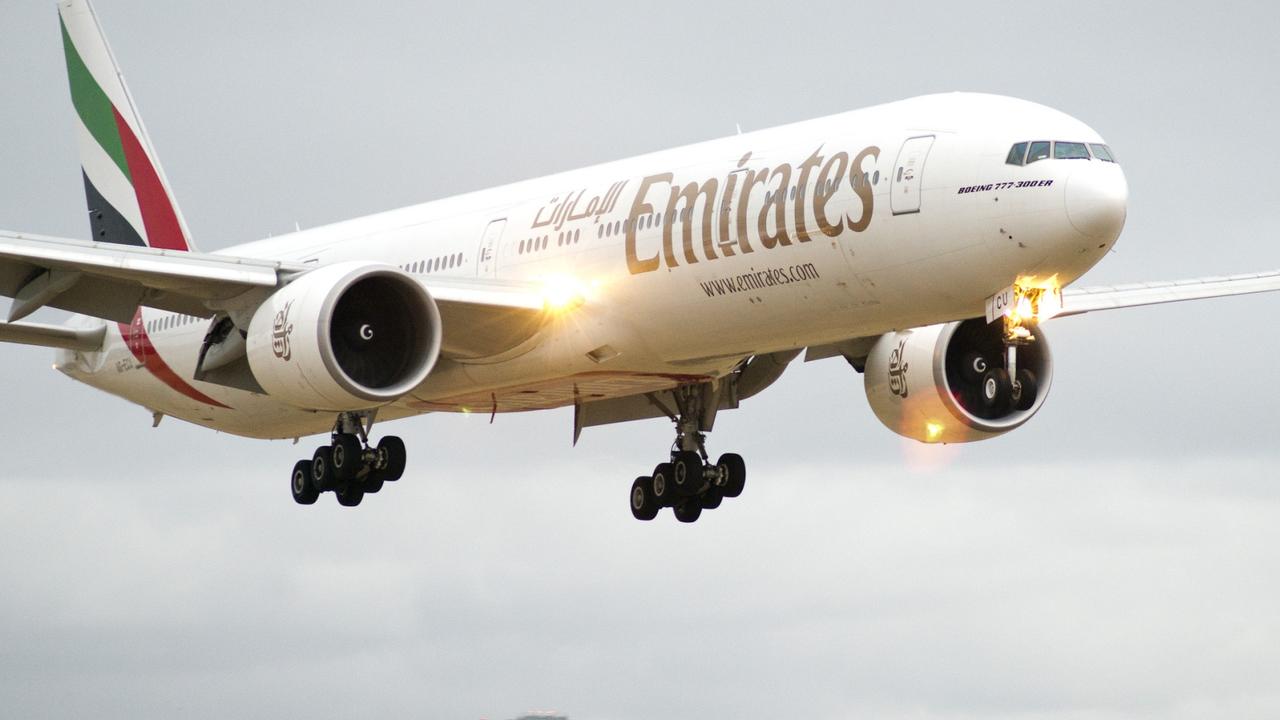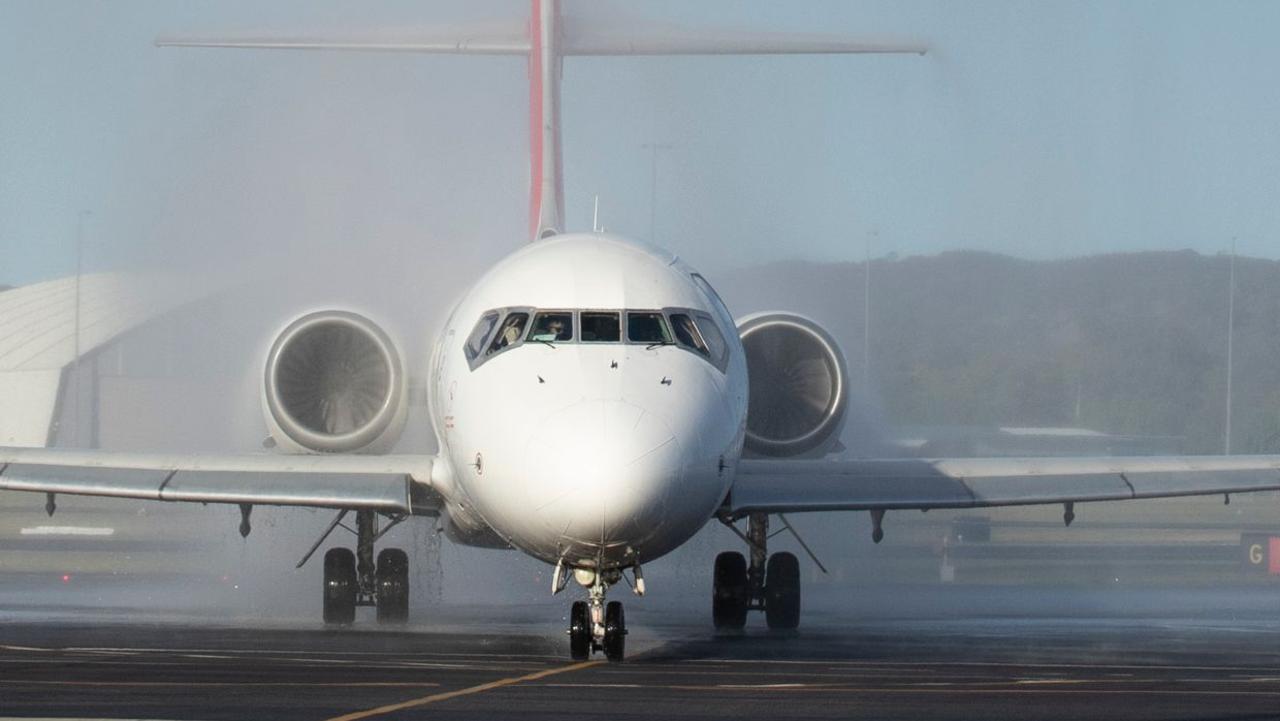Boeing’s low-key launch for 777X world’s longest plane as MAX 8 woes stretch on
In what has been a horror few weeks for Boeing, the plane manufacturer has quietly launched their new 777X aircraft.
The first finished Boeing 777X aircraft was presented to the world at a remarkably low-key event, following the global grounding of their MAX 8 aircraft.
Six years in the making, what would normally have been a high profile unveiling was toned down out of respect for the victims of the Ethiopian Airlines crash, involving a Boeing 737 Max 8 a week earlier.
The only thing longer than the wait time for the project, which began in 2013, is the aircraft itself.
At 77 metres the fuselage of the 777-9 variant makes it the longest passenger jet ever built.
It stretches ahead of the A340, the longest body aircraft built by competitors Airbus, by 1.64 metres.
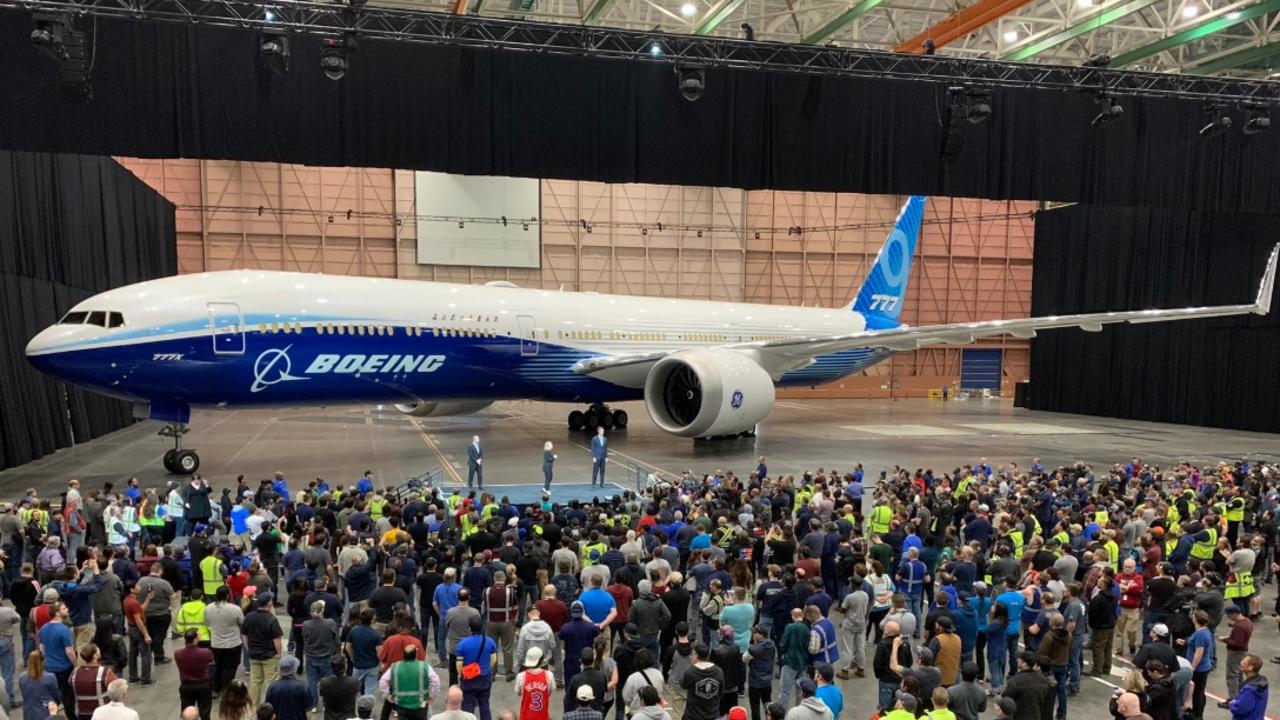
But why is length so important, beyond having a metre or so over the competition? The answer is down to fuel efficiency.
The main appeal of the new aircraft is the efficiency of the twin aircraft’s design. The slightly shorter 777-8 variant has the impressive range of 16,110km — within touching distance of Airbus’s A350-900 “Ultra Long Range” 18,000km, and for much better fuel spend.
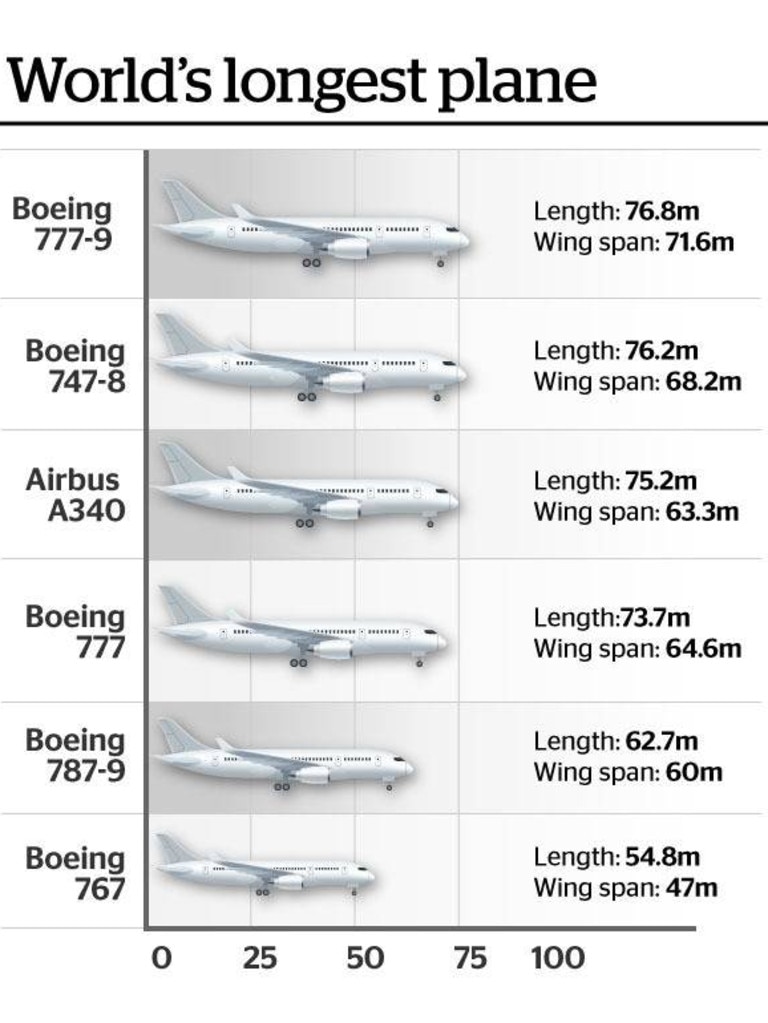
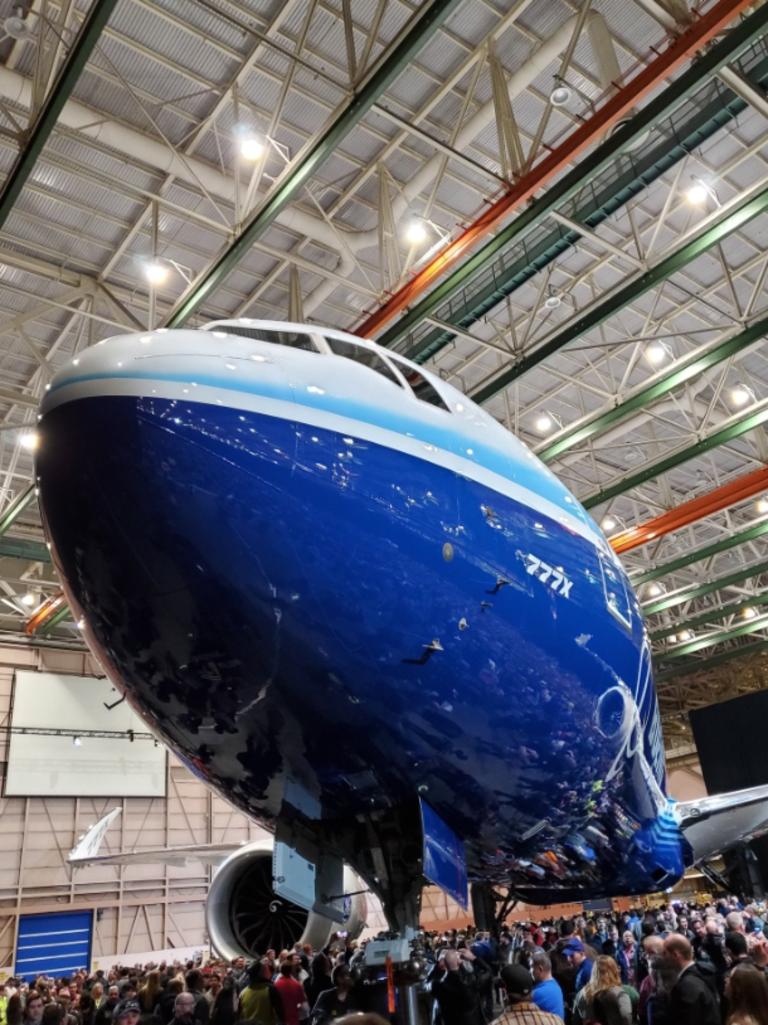
Part of this extra efficiency is due to the folding wing tips, which stretch an extra 7 metres width and fuel savings for the 400 passengers on-board.
These signature features and unusually long body helped shape the 777X into what Boeing claim is the “largest and most efficient twin-engine jet in the world”.
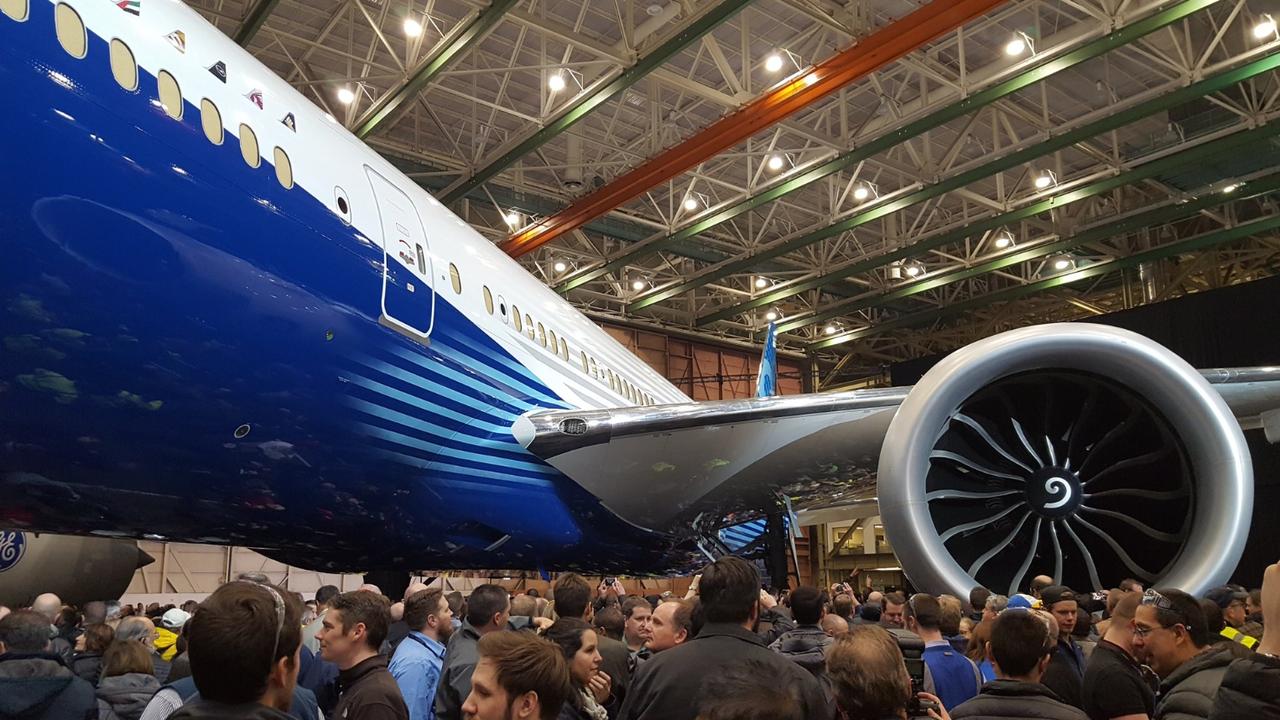
Earlier this year Airbus announced it would no longer be producing the A380 superjumbo.
The celebrated four-engine, 868 passenger aircraft had previously been the go-to model for long range services.
However, in February it was decided that the jumbo jet was no longer viable — following the cancellation of an order for 39 A380s by Emirates, which had opted for a fleet of smaller more agile aircraft instead.
The 777X marks a new era of air design for which fuel economy is increasingly important.
The twin jet engines promise to deliver savings of 10-12 per cent on operating costs.
As well as the penny-saving and economical aspects of the aircraft’s design, passengers will also benefit from larger windows and increased space in overhead storage.
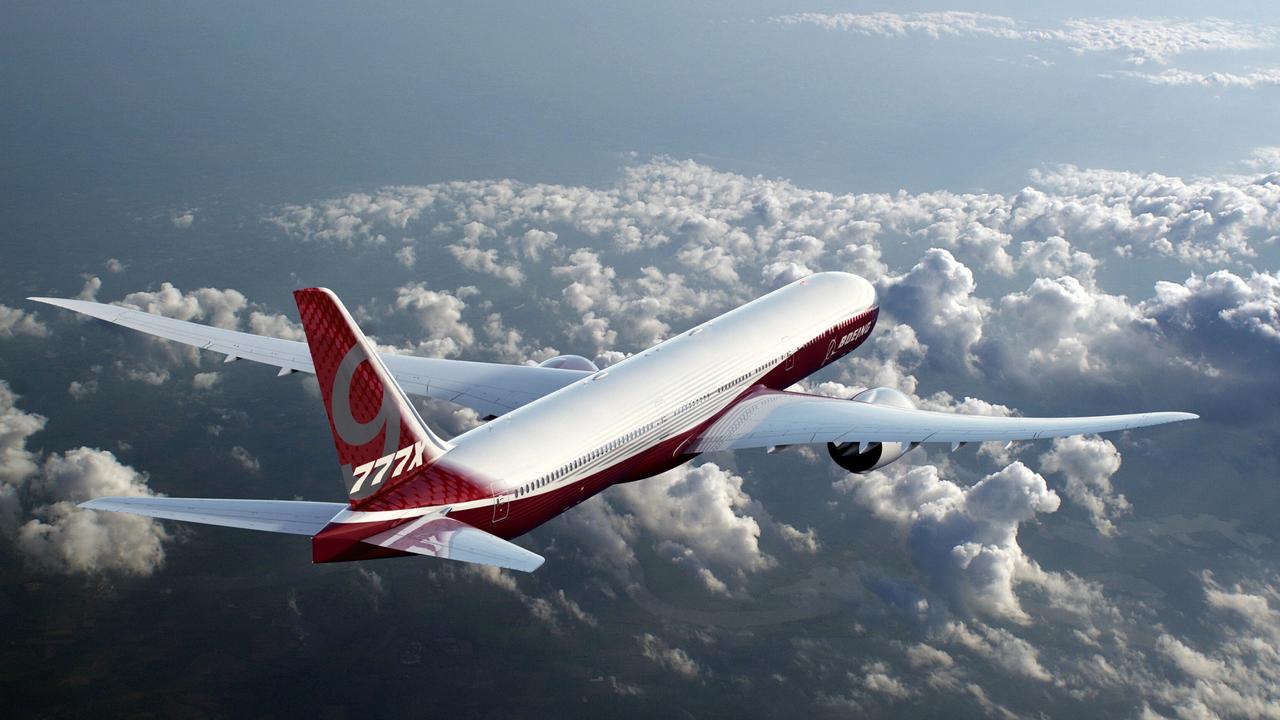
First deliveries of the planes are expected in 2020.
The unveiling of this new 777X aircraft was held at the manufacturer’s facility near Seattle. A far lower profile event than is usual for such a long-awaited aircraft.
However, two fatal incidents involving the Boeing 737 Max 8 in the past six months have led the manufacturer to tone down the event.
The event comes in the same week as New Zealand and the USA join the list of countries grounding the 737 Max model over safety concerns.
This article originally appeared on the New Zealand Herald and has been republished with permission.

